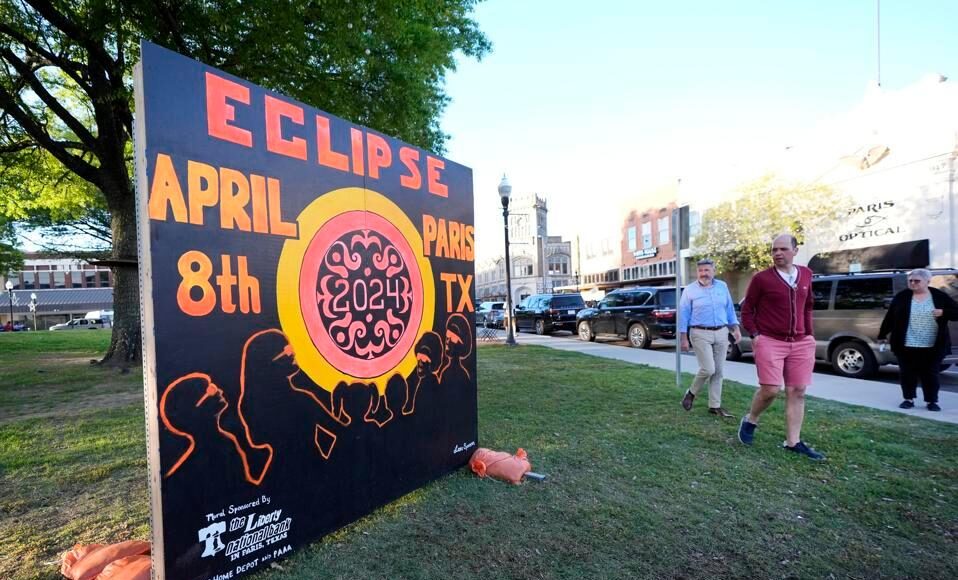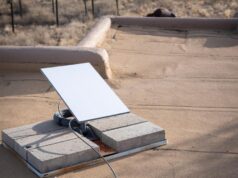Using a phone or camera screen can be an effective way of viewing, photographing and filming Monday’s solar eclipse and a safe way enjoying the rare phenomenon if you don’t have access to protective eye gear, but without proper precautions, experts warn the sun can also break your phone and ruin your camera.
While it’s well known that staring at the sun without sufficient protection can permanently damage your eyes, eclipse or not, the sun can also damage other image sensors like those in cellphone cameras.
Phones and cameras can often cope with short snaps of the sun during sunrise or sunset or as part of the background of other photos, but directly pointing them at the sun, especially for the kind of longer exposures needed for a good shot, risks potentially catastrophic damage to the sensitive image sensor.
NASA warns this is true for any image sensor “if it’s pointed directly at the sun,” stressing that people would need to use “proper filters” to protect their phones “just like on any other camera.”
Google’s Pixel camera team also advises against pointing phone cameras at the sun for “extended periods of time with no filter,” with NASA suggesting “best practice would be to hold a pair of eclipse glasses in front of your phone’s lenses when photographing the sun.”
Protective filters are particularly important if you’re using any sort of magnifying lens like zoom lenses, telescopes or binoculars, experts told Forbes, with Aaron Zimmerman, a clinical professor at the Ohio State University College of Optometry, explaining they “condense light… and are very risky to use to view the eclipse.”
Protective filters are therefore especially important to protect eyes, phones and cameras when using magnifying lenses, and Ralph Chou, an eclipse safety expert and professor emeritus at the University of Waterloo in Canada, stressed they must be worn or used in front of lenses or eyeglasses to be effective.
“If you are viewing the eclipse on the screen of your cell phone then your eyes are at no risk of damage,” Zimmerman told Forbes. “The screen does not emit light at a brightness level that will damage your eyes.” However, Zimmerman noted that by viewing the eclipse this way “you may be putting your cell phone camera at risk of damage” unless using a proper filter.
During totality, the brief period where the moon fully blocks the sun, it is possible to safely remove protective filters. At this point, the sun’s outer atmosphere—the corona—is visible as a halo around the moon’s shadow. This is the only point at which it is safe for people and cameras to view the eclipse without protection. Totality lasts only a few minutes. Precise times vary by location and the path of totality includes parts of Mexico, Canada and the U.S. Experts stress it is not safe to remove protective glasses or filters at any other point during the eclipse, or at all if you’re not located along the path of totality.
NASA has issued five tips for photographing a total solar eclipse ahead of the event. Safety is paramount, the agency stressed as its first point, adding that “any camera is a good camera” and that using a tripod could be handy to stabilize the camera and avoid blurry images. NASA also recommends “practice,” to ensure you “know the capabilities of your camera before eclipse day, and to make sure you “look up, down, all around,” rather than just at the sun, as the phenomenon can yield “exceptional imagery” on Earth-based subjects too. Finally, the agency urges people to “share your eclipse experience” and tag the agency on social media at @NASA.
Here’s How To Keep Your Eyes, Children And Pets Safe During The Total Solar Eclipse (Forbes)
Everything To Know About The Total Solar Eclipse—Including Map And Path Tracker (Forbes)








